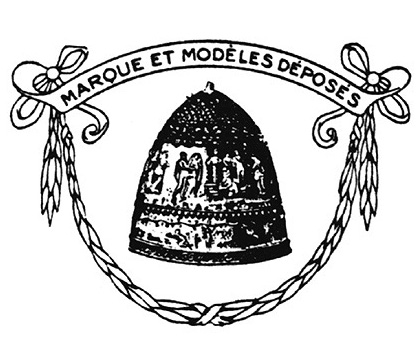| |
|
|
| |
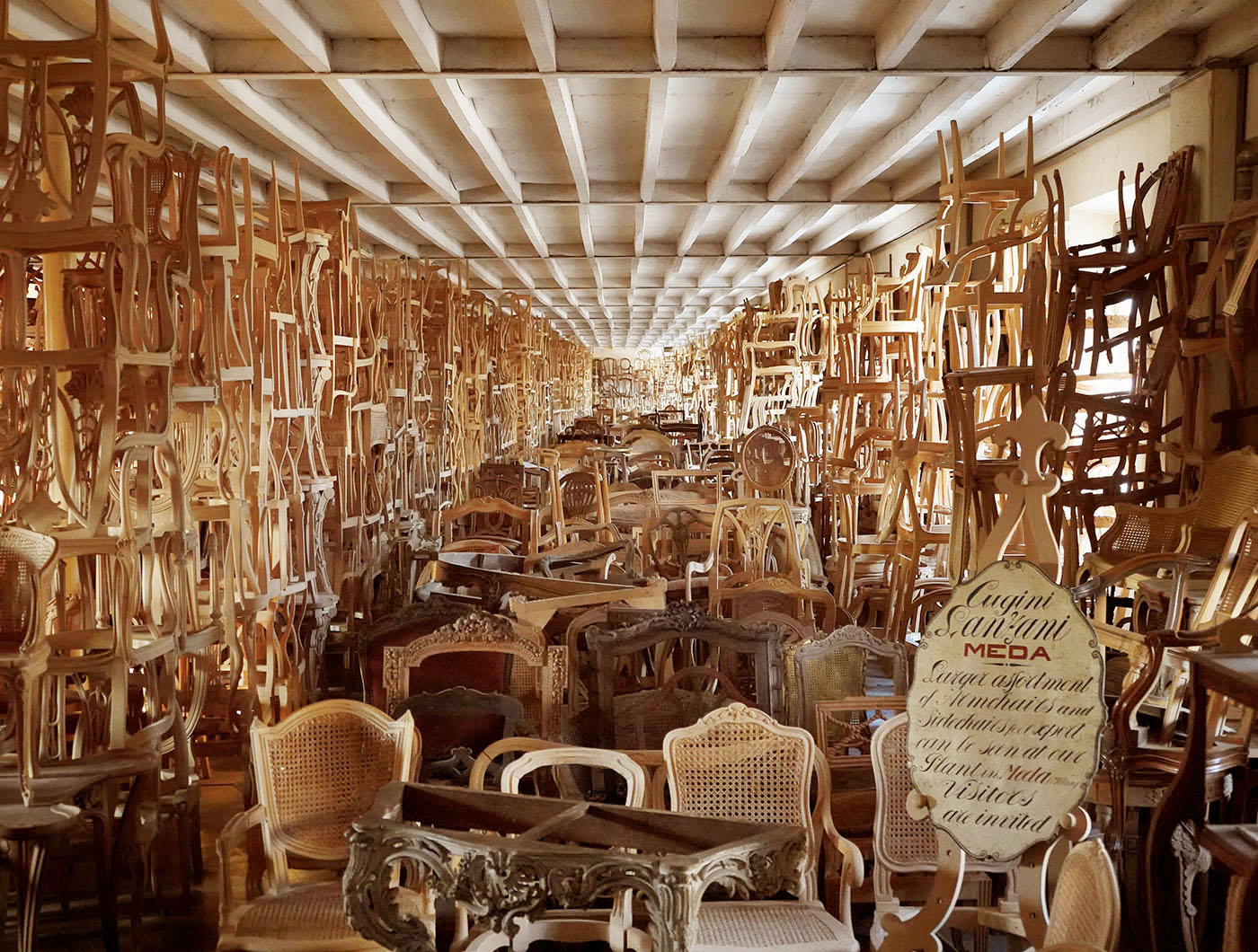 |
|
| |
|
|
| |
 |
|
| |
|
|
| |
 |
|
| |
|
|
| |
 |
|
| |
|
|
| |
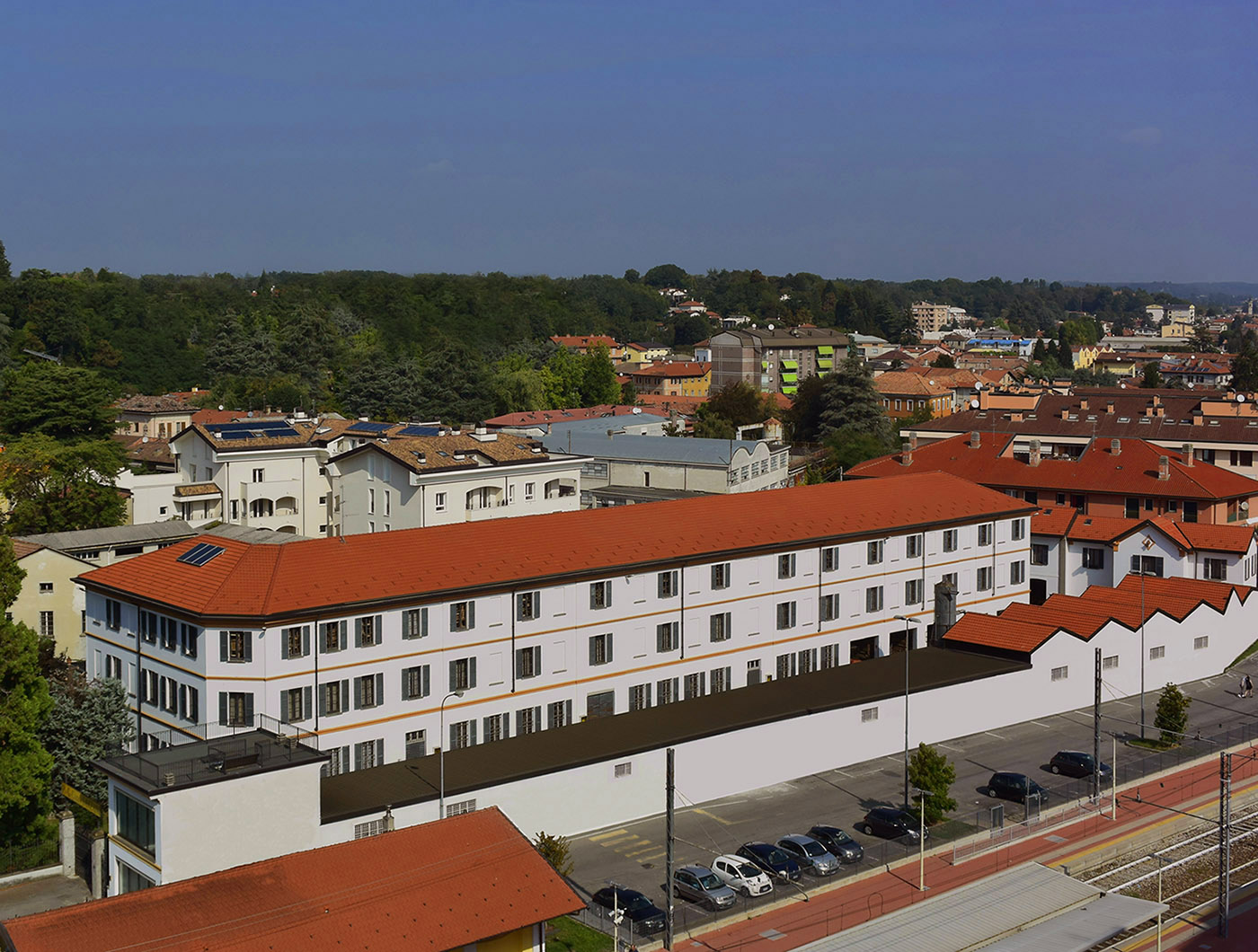 |
|
| |
|
|
| |
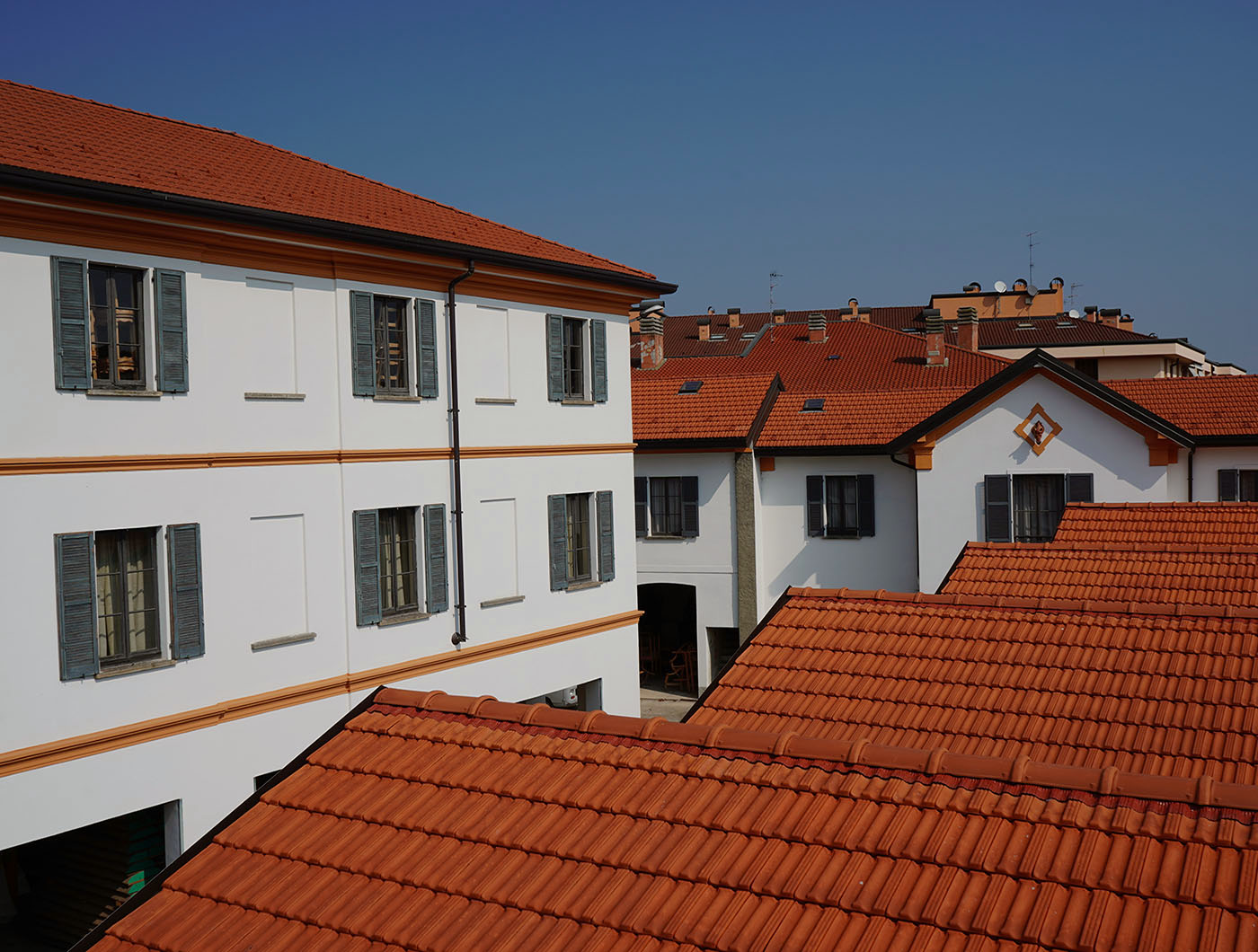 |
|
| |
|
|
| |
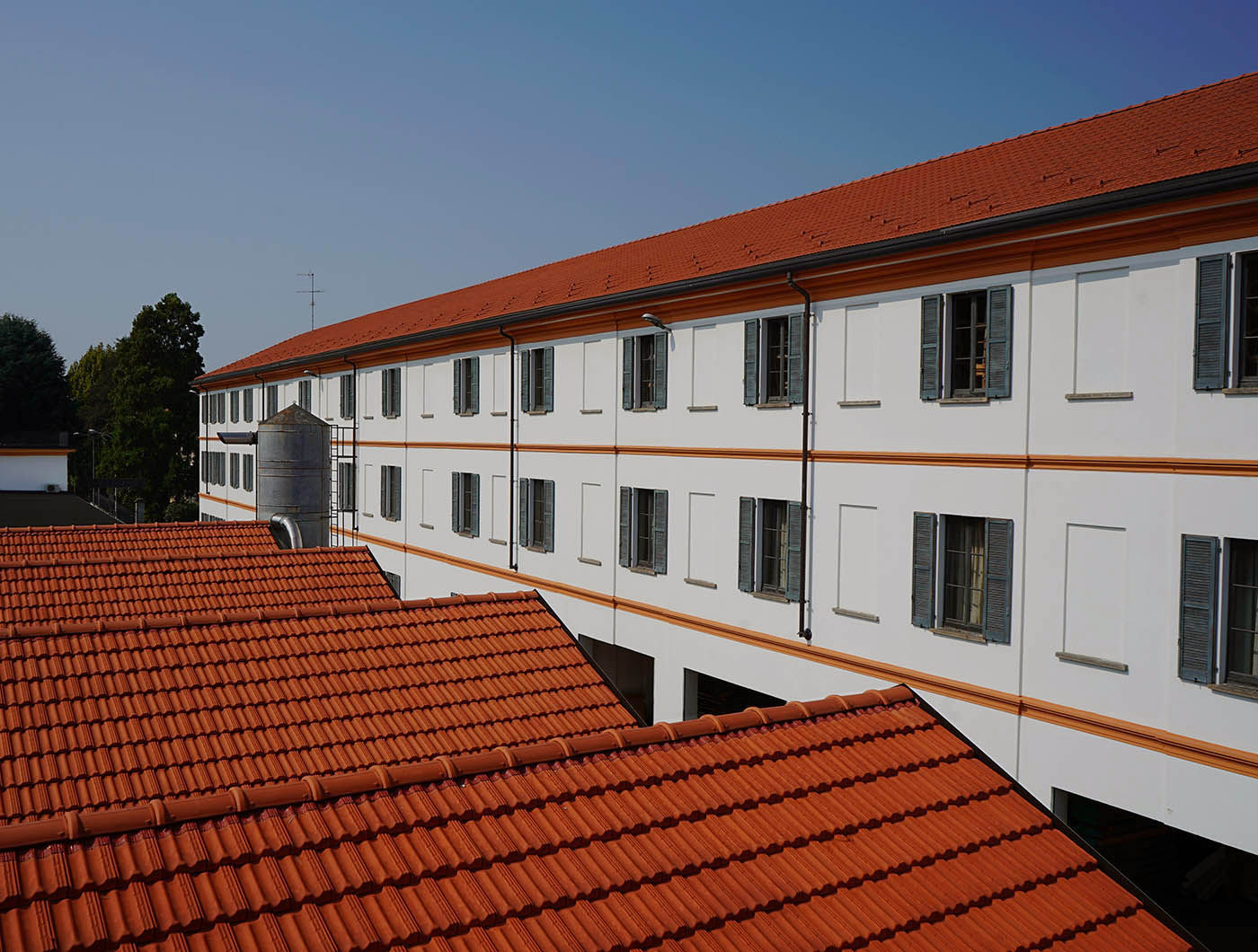 |
|
| |
|
|
| |
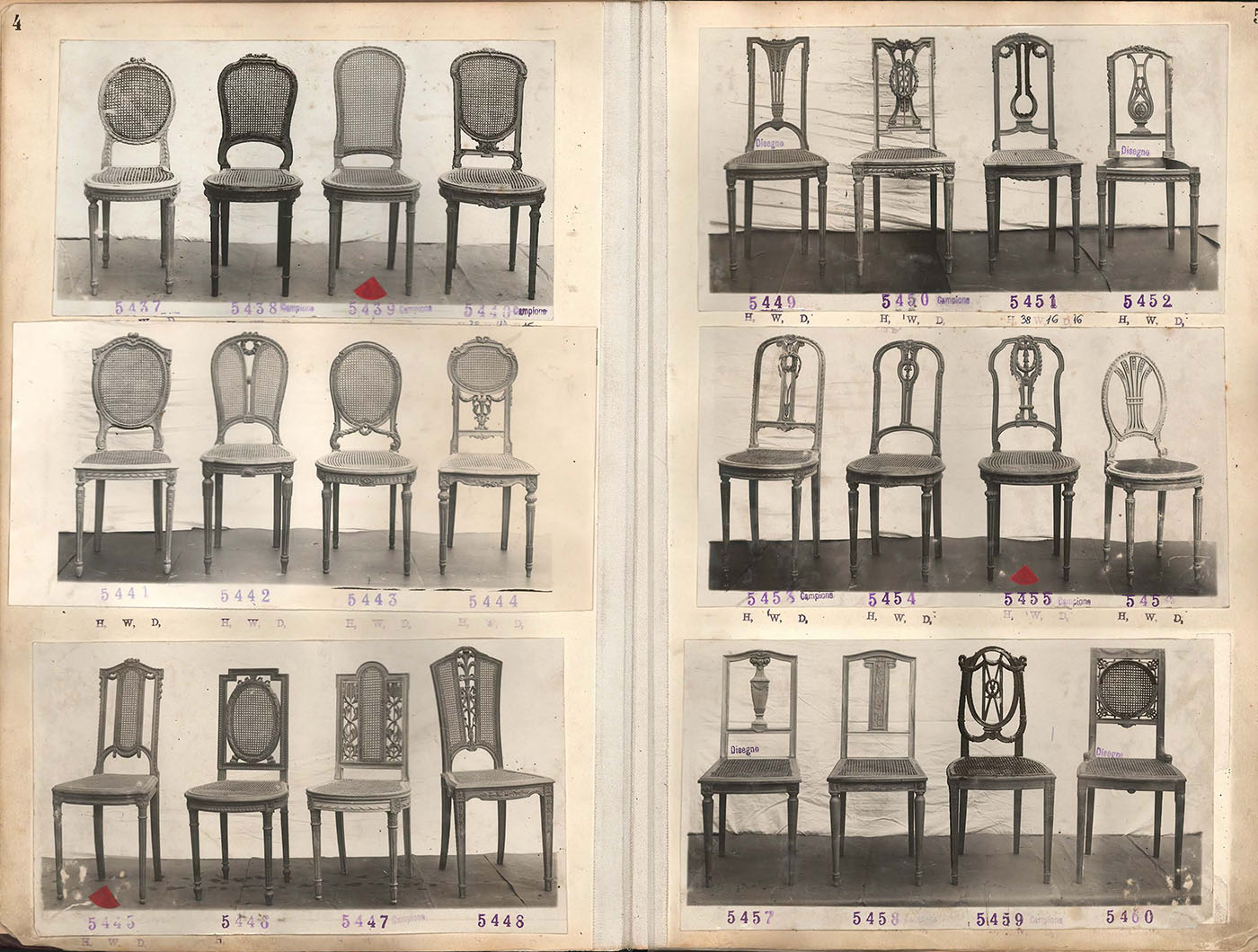 |
|
| |
|
|
| |
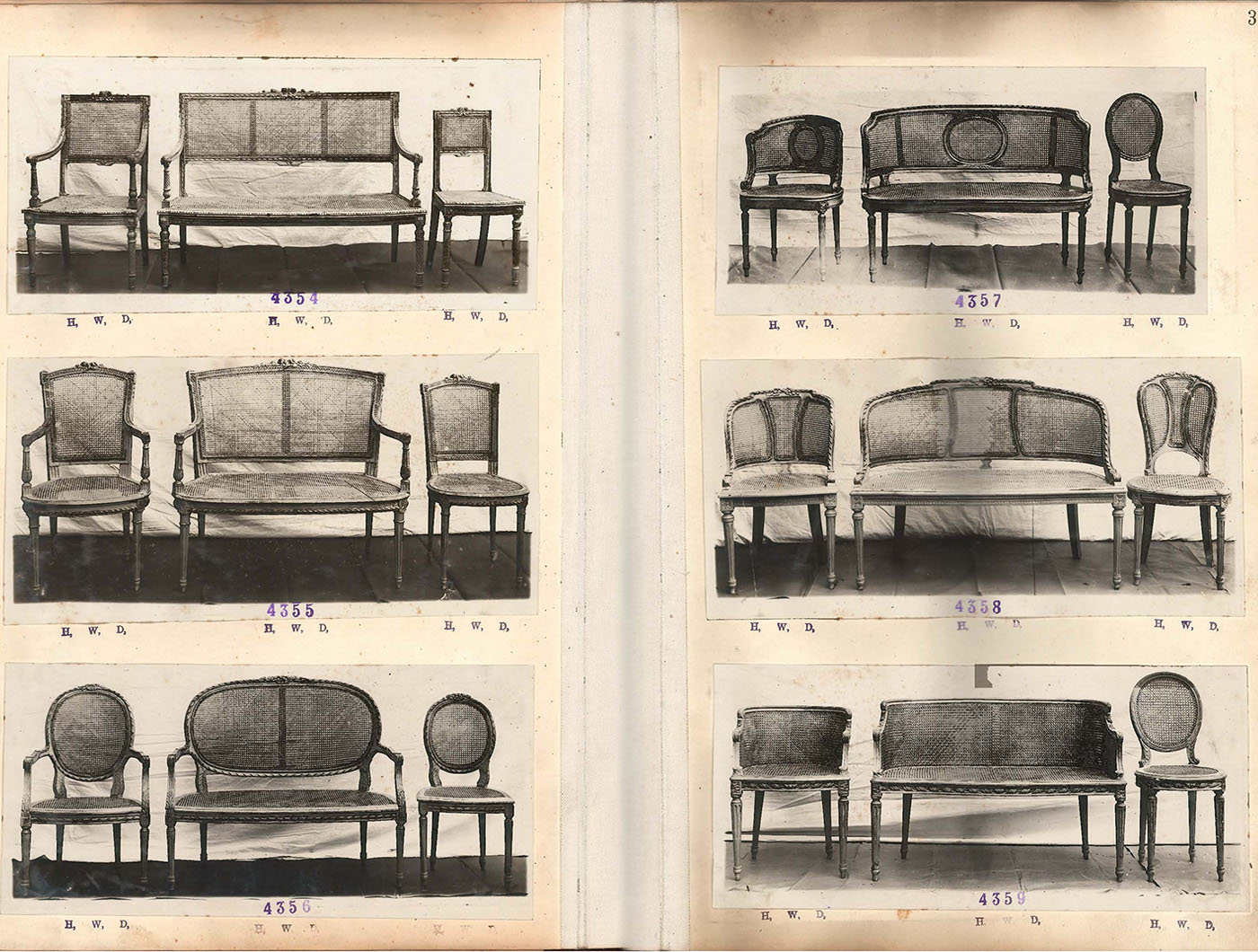 |
|
| |
|
|
| |
 |
|
| |
|
|
| |
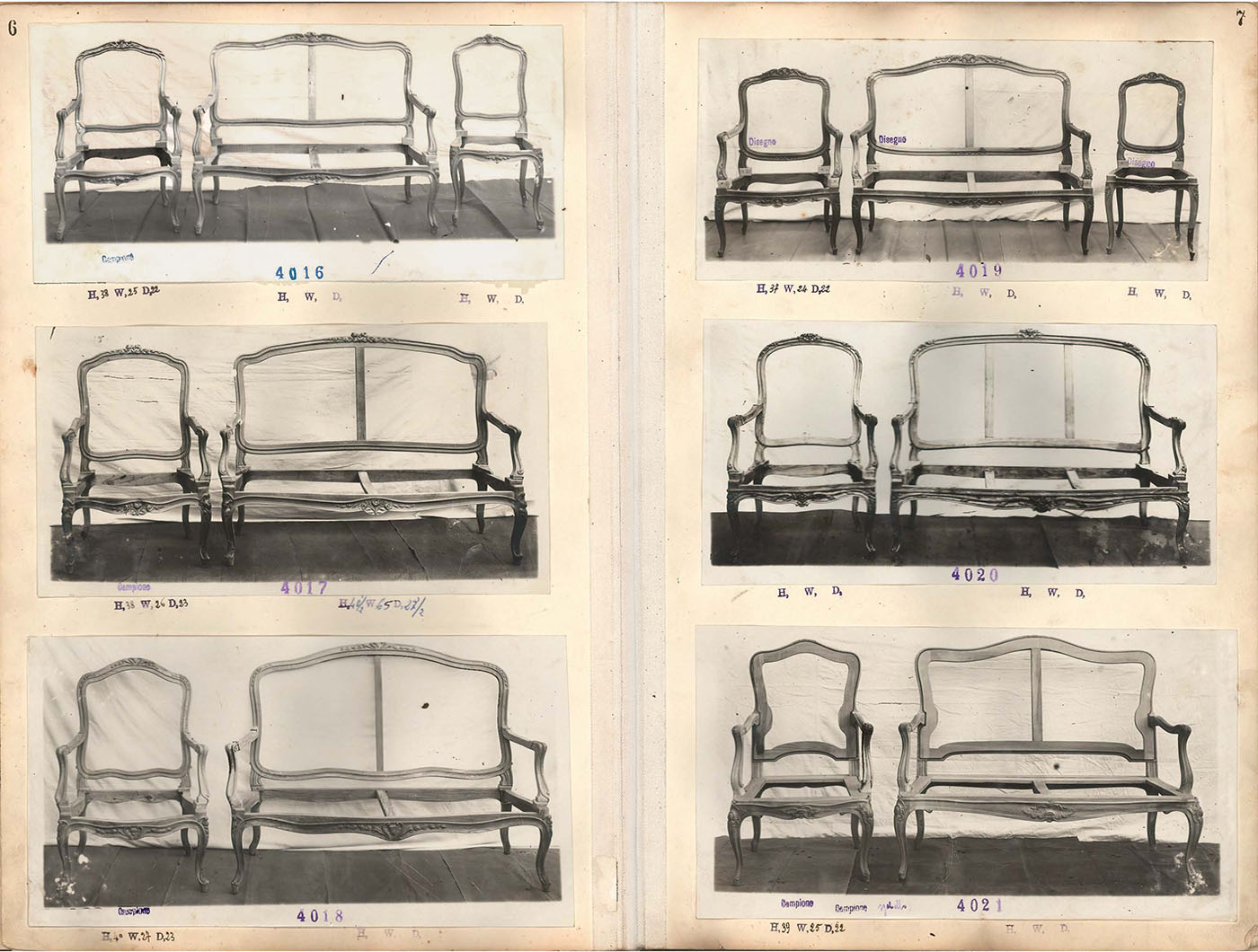 |
|
| |
|
|
| |
 |
|
| |
|
|
| |
 |
|
| |
|
|
| |
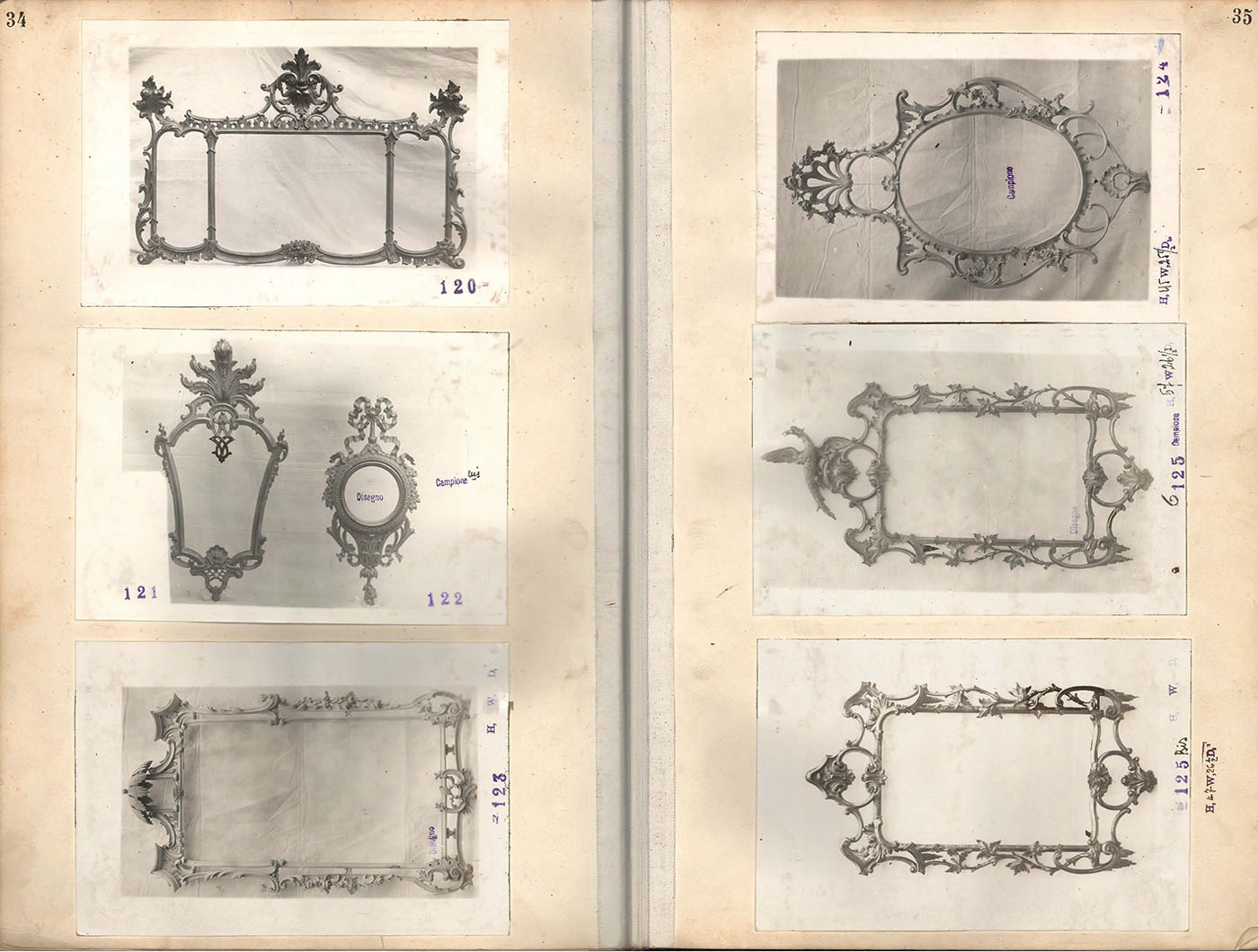 |
|
| |
|
|
| |
 |
|
| |
|
|
| |
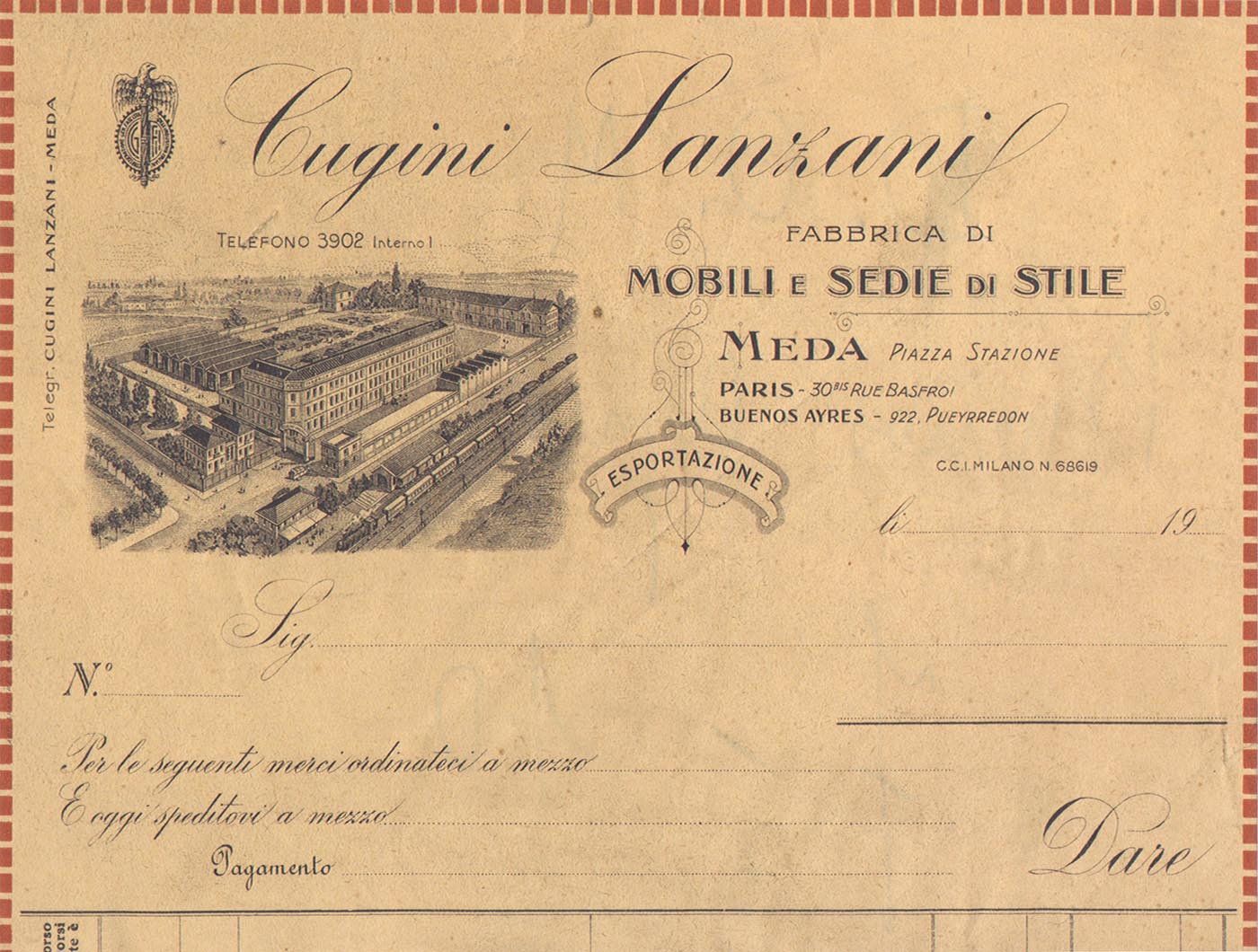 |
|
| |
|
|
| |
P. & G. CUGINI LANZANI
|
|
| |
"It all began with the arrive of Napoleon in Italy...". In 1796 the Cisalpina Republic was searching for money to support the Napoleonic army; it suppressed the Convent in Meda, around which the life of the community developed, from the Middle ages. The property was sold to monsieur Maunier, a rich dealer that was supplying the army. Together monsieur Maunier, other families of the new French middle class settled in the neighborhood. The crafts-manlike activity of the inhabitants, already blooming, intensified. In that period four enterprising brothers decided to begin the production of vintage furniture and chairs, learning the refined techniques of the famous French cabinet-makers.
|
|
| |
More than two hundred years from the inauguration of that first workshop in Volta square, have passed, and it now stands in the middle of the historic center. Seven generations of the Lanzani's family have consolidated their knowledge of craftsmanship and appreciation of fine wood. Starting from a small workshop the Lanzani's factory spread out into the near Cascina S. Martino,then at the beginning of the century it moved to bigger premises, near the railway station that later, in the period between the two World War was further expanded. The building, together the two twin villas were designed and built by Michele Terragni who was the father of one of the most important Italian architect, pioneer of Rationalism, Giuseppe Terragni, who was born in a courtyard adjacent to the property.
|
|
| |
Now P.& G. Cugini Lanzani covers an area of 4.500 square meters on the station square and it boasts a chair collection with Italian, French, English, Austrian, Russian and American samples. The new strategic position was chosen in 1902 by the present owner's grandfather, who wanted to easily dispatch the numerous pieces of furniture. In France and Argentina, two young Lanzani's opened branches. The Lanzani's already exported to different parts of the world, including the United States, North Europe and South Africa.
|
|
| |
The Lanzani's factory specializes in the reproduction of various styles, but it must be emphasized that the factory was a real workshop for the design and the spread of the following styles: Empire, Luigi Filippo, Italian Liberty, Art Deco. During the brief period before the first world war the Lanzani's factory was one of the most important centers for the Italian Liberty style. The catalogue of the period shows the great engagement of the Lanzani's to find the right balance between the economy imposed by the rigour of the period and their innate passion for beauty and proportions
|
|
| |
Then, in 1915 the First World War broke out and the market dried up. But the enterprising Lanzani's didn't lose their hope. They converted their production of refined chairs to the production of gigantic walnut propellers for the first Italian fighter-bombers 'Caproni'. The propellers were composed by seven big pieces of solid wood stuck together and later covered with waterproof cloth. A model is still hung in their offices as testimony of their adaptability and initiative.
|
|
| |
When the war ended, the production of chairs resumed. lt was the period of the Art Decò Style....rich, comfortable, modern, elegant, linear, finely shaped...an incredible moment of splendour which ended with the great depression of 1929. The Second World War broke out and the enterprising Lanzani's continued their production of chairs and tables, but their sole customer was Germany, buying many chairs in the Tyrolese style with seats in raffia for disabled soldiers.
|
|
| |
Lanzani received numerous diplomas and medals of merit from institutions and Milano Fiera for the steady and regular participation in the 'Salone del mobile', more than fourty times after the Second World War and thirty in the period before. 2500 forms in cardboard, corresponding to as many models, are hung from the beams of the ceiling of one of the wide stores that line the railway, and 2500 real-size drawings, corresponding to many other models, are an incredible encyclopedia of design. The passing of time cannot erode the values of this historical factory, on the contrary, it makes them unique. The tradition lives on today as about thirty artisans continue to cut, turn, assemble, drill, shape, carve, inlay, stick, finish, cane, polish, cover with straw, decorate, and stuff chairs in many different styles.
|
|
| |
The Lanzani's are not only famous for their chairs, but tables also occupy an important piece. Among them one can find the remarkable copies of Gallè. From the small tables conceived as support to the famous vases, to the four pieces superimposed, called 'cicogne' for their thin legs that can be dismantled, to the support for a breakfast tray: they are all inlaid with a large variety of woods, from the briars to the 'bois de rose' wood (today imported from Brazil). Besides embellishing private houses, the Lanzani items are also present in many five stars hotels, such as: the Grand hotel in Rome, the Hotel Danieli in Venice, the Excelsior in Sorrento, the Palace in Milan, the Vesuvio in Naples and many historical Cafès like Caffè Doney in Rome or theatres like La Scala in Milano.
|
|
| |
|
|
| |
 |
|
